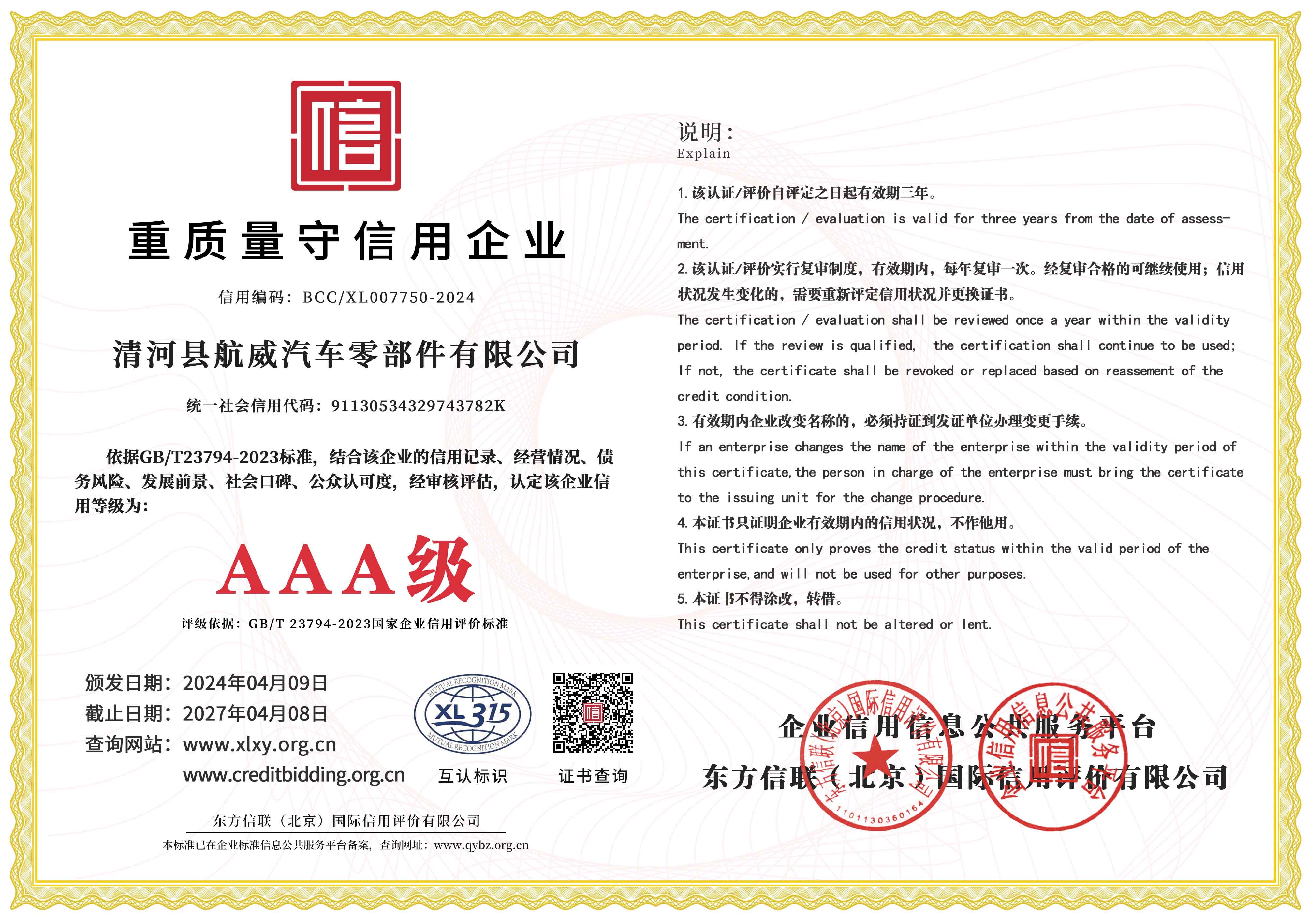Understanding the Function and Benefits of Inner Gear Cables in Bicycles
Understanding Inner Gear Cable Importance and Functionality in Biking
Inner gear cables are a crucial component in the cycling world, forming an integral part of a bicycle’s shifting mechanism. Whether you're a professional cyclist, a weekend warrior, or someone who enjoys the leisurely ride around the neighborhood, understanding the role and significance of inner gear cables can enhance your biking experience. This article delves into what inner gear cables are, their importance, how they function, and maintenance tips to ensure they serve you well.
What are Inner Gear Cables?
Inner gear cables are the thin steel cables that run through the outer sheaths (outer cables) and connect the gear shifters on the handlebars to the derailleur on the bike. When the rider shifts gears, the tension on the inner cable changes, which then moves the derailleur that shifts the chain onto different sprockets or cogs. This simple yet effective mechanism allows for smooth transitions between gears, enabling cyclists to tackle various terrains and inclines efficiently.
Importance of Inner Gear Cables
The significance of inner gear cables cannot be overstated. Properly functioning cables are essential for seamless gear shifting, which directly influences the overall performance of the bike. If the cables are worn, frayed, or improperly adjusted, it can lead to sluggish or inaccurate shifts, causing frustration for the rider and potentially compromising safety. Moreover, good quality inner gear cables contribute to the longevity of the bike's drivetrain, as poor shifting can lead to increased wear on gears and chains.
How Inner Gear Cables Function
The operation of inner gear cables is based on simple physics and mechanics. When the rider pushes or pulls on the gear shifter, it either increases or decreases the tension on the inner cable. This action pulls or releases the cable and, in turn, the derailleur moves. Shimano, SRAM, and Campagnolo are among the leading manufacturers that produce a variety of cables, with slight variations in design to suit different riding styles and bike types.
The shifting mechanism may differ between traditional and modern systems; for instance, many modern bikes use indexed shifting, where the rider feels distinct clicks at each gear. The inner gear cables must be adjusted to ensure that the derailleur accurately aligns with the designated cog. This requires some knowledge of bike mechanics and occasionally the use of certain tools like cable cutters and adjustment wrenches.
Common Issues with Inner Gear Cables
inner gear cable

Like any mechanical part, inner gear cables are subject to wear and tear over time. A few common issues that can arise include
1. Cable Fraying Frayed cables can lead to poor shifting, as they are unable to hold tension effectively. It’s wise to routinely check for signs of wear and replace the cable if fraying is noticed.
2. Cable Stretching New cables may stretch after installation, causing shifting issues. Regular adjustments may be needed during the initial break-in period.
3. Rust and Corrosion If inner cables are exposed to moisture and dirt over time, they can rust, leading to stiffness or complete failure. Ensuring cables are clean and adequately lubricated can help mitigate this risk.
4. Improper Tension Too much or too little tension can lead to skipping gears or jamming. Regular tuning is essential for optimal performance.
Maintenance Tips for Inner Gear Cables
To ensure your inner gear cables stay in good working condition, consider these maintenance tips
- Regular Inspections Routinely check your cables for signs of wear, fraying, or rust. - Clean and Lubricate Keep cables clean and use appropriate lubricants sparingly to reduce friction and wear. Avoid over-lubricating, as it can attract dirt. - Tuning Have your bike professionally tuned at least once a year, or more frequently if you ride often. This will help keep your shifting smooth and responsive. - Replacement Don’t hesitate to replace cables that show signs of wear. It’s a small investment for a substantial improvement in bike performance.
Conclusion
In conclusion, inner gear cables play a pivotal role in ensuring your cycling experience is smooth and enjoyable. Understanding their function and importance, along with regular maintenance, can help prevent issues and extend the lifespan of your bike’s components. Whether you are racing on a trail or riding on city streets, a well-functioning gear cable system allows every rider to effectively navigate their journey with precision and ease. So, take the time to check your inner gear cables, and enjoy the ride!
-
Workings of Clutch Pipe and Hose SystemsNewsJun.04,2025
-
The Inner Workings of Hand Brake Cable SystemsNewsJun.04,2025
-
The Secrets of Throttle and Accelerator CablesNewsJun.04,2025
-
The Hidden Lifeline of Your Transmission Gear Shift CablesNewsJun.04,2025
-
Demystifying Gear Cables and Shift LinkagesNewsJun.04,2025
-
Decoding Clutch Line Systems A Comprehensive GuideNewsJun.04,2025
